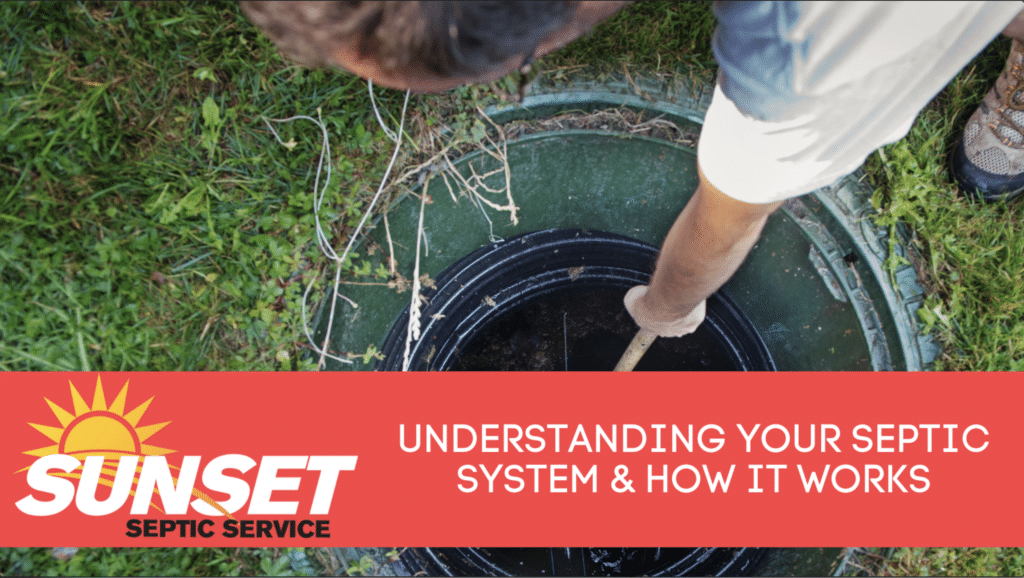Understanding your septic system can feel overwhelming if you’ve never lived with one before. The last thing you want is to get your home’s waste management system wrong and dealing with a self-contained system can be intimidating if you only have experience with a municipal sewer. Fortunately, once you have a handle on the basics, understanding your septic system is far simpler than it seems on the surface.
The first key to maintaining your septic system is to understand what it does and how it works. Unlike a municipal sewer network that rushes waste and gray water away from your home to a treatment center, a septic system processes your home’s waste on-site.
The typical system is comprised of both a septic tank and a drain field. Microorganisms inside the tank work to digest organic matter, solids, oils, and grease. Liquid waste, also called “effluent,” is released from the septic tank through a series of perforated pipes into the drain field slowly, where it is naturally treated and dispersed.
Knowing Common Signs of Trouble is Key to Understanding Your Septic System
Managing your septic system is as simple as being mindful of what you flush down the toilet on a day-to-day basis. Whenever possible, it’s important to be sure you’re only flushing waste and toilet paper down the toilet and to minimize harsh cleaners and chemicals to protect the beneficial bacteria in the tank itself.
Regular septic system inspections and scheduled cleanings are an essential first line of defense, but it’s still important to be aware of common signs of trouble.
Pooling water, spongy ground, and a patch of extra-bright grass around the drain field are sure signs your system needs the attention of experienced septic professionals. So are noticeable odors around the tank and drain field and wastewater backing up inside drains in your home.
Whether you notice signs of potential issues or are just ready to start understanding your septic system better, Sunset Septic can help.




